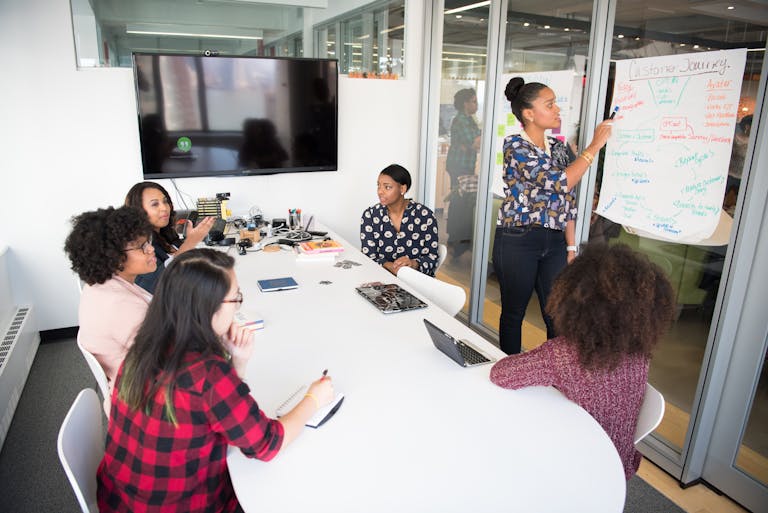Why Your MVP Should Be Smaller Than You Think

The term “MVP” gets thrown around a lot — often by people who end up building version 3 before they ever ship version 1.
At Foundric, we’ve made that mistake too. But over time, we’ve learned that the most effective MVPs aren’t just smaller — they’re radically focused. Not on impressing users, but on testing what matters.
Build less. Learn faster.
That’s the game.
What’s the core behavior you’re trying to test? What assumption needs to be true for the business to work? If you can’t answer that in one sentence, you’re not ready to build yet.
When we scope MVPs at Foundric, we strip everything back to:
- One core value
- One user journey
- One key metric
And we ship that.
You don’t need onboarding, polish, or even a brand. You need to know if the thing works — the action, the behavior, the motivation.
Sometimes our MVPs are:
- A Typeform pretending to be an app
- A Notion doc acting as a backend
- A newsletter with no real platform behind it
Because MVP doesn’t mean “minimum product.” It means maximum signal with minimum waste.
Once we get that signal, we can build up. Add features. Add form. But we never add friction first.
The point of version one is to learn. And if your product is bloated with features you’re not testing — you’re not learning. You’re just guessing with code.
At Foundric, we aim to ship what matters, skip what doesn’t, and save our big bets for what the market already wants more of.






